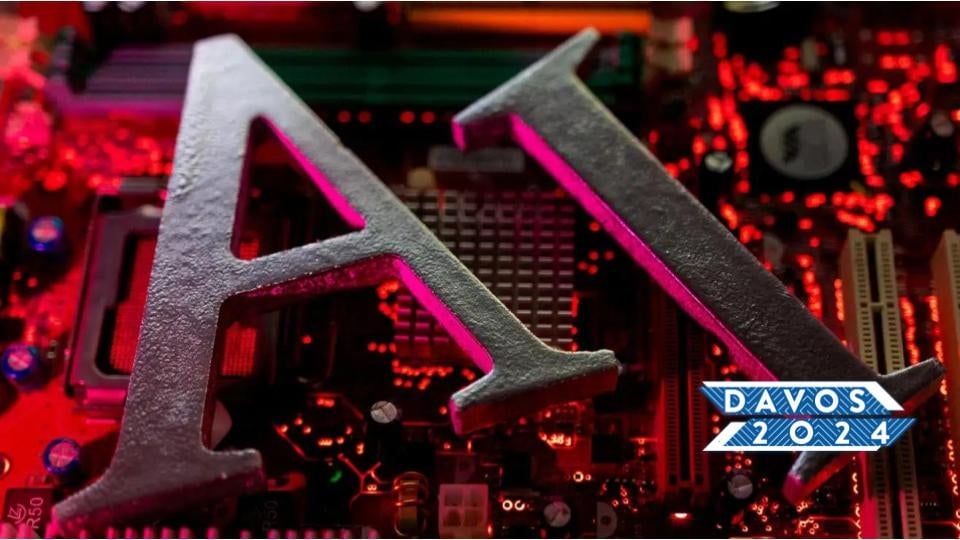AI poses less of a threat to jobs than it does to wages
So far, AI hasn't come for medium-skill work, research from the European Central Bank shows

In the era of artificial intelligence, job prospects are bright—even if the pay isn’t great. When it comes to wages, the European Union’s central bank sees AI as having “neutral to slightly negative impacts.”
Suggested Reading
In 16 European countries, the employment share of sectors exposed to AI increased, with low- and medium-skill jobs largely unaffected and highly skilled positions even getting a boost, European Central Bank (ECB) research published on Nov. 28 shows.
Related Content
During previous technology waves, “computerisation decreased the relative share of employment of medium-skilled workers, resulting in polarisation,” the authors of the research bulletin noted. But they found no evidence of such polarization in their 16-country sample.
Between 2011 and 2019, they said, “the relationship between software exposure and employment changes is null for the pooled sample, and there is no evidence of software replacing routine medium-skill jobs.”
Of jobs and “bounded automation”
This isn’t the first time experts have warned of a worsening wage crisis in the AI age. “If work does not vanish in the age of AI, then poorly paid jobs will most certainly proliferate, I argue,” Peter Fleming, a professor of business and society at City University of London, wrote in a 2019 paper in which he proposed the idea of “bounded automation.”
Fleming, who says technology doesn’t decide which jobs persist and how organizations are shaped but the other way around, defines bounded automation as the product of “socio-economic influences that fundamentally shape the diffusion of digital technologies in certain occupational settings.” These are (1️⃣) the pricing of labor, (2️⃣) organizational power relations, and (3️⃣) the nature of the task itself. Here’s how they look in real life.
1️⃣ In India, sewage pipe divers will manually unclog and clean sewers for paltry pay, in deplorable conditions that sometimes result in death. In the West, automated “spinning head wet spray” systems do the job because when a person needs to enter a sewer, they’re usually a skilled technician with training and an expensive protective suit, making them pricey labor.
2️⃣ Just as dockworkers at major logistical ports were replaced, Uber’s investment in driverless cars could be an ominous sign for unionized drivers—especially if the cost of maintaining the human workforce exceeds the investment in the tech that could replace them.
3️⃣ Commercial planes basically fly themselves, but people can’t do without the human pilot. That could change, though. In January, the CEO of Boeing said pilot-free commercial planes are a matter of when—not if.
Of course, the literature on AI and jobs is nascent and ever-evolving, and it’s likely too soon to tell how the technology will affect the employment landscape. Simply put, AI could still be coming for your job.
“These results do not amount to an acquittal: AI-enabled technologies continue to be developed and adopted,” the ECB researchers wrote of their new study. “Most of their impact on employment and wages—and therefore on growth and equality—has yet to be seen.”
Quick throwback: Labor market polarization because of computerization
From 1975 to the mid ’90s, computerization was the main driver of labor market polarization. It hollowed out traditional middle-wage jobs for the middle class, leaving more opportunities—blue-collar and high-skilled—at the two ends of a U-shaped curve. The jobs replaced typically consisted of mundane, repetitive tasks requiring little complex knowledge.
Quotable: AI opportunity vs. risk
“The degree of exposure is as much an opportunity as it is a risk. The outcome for jobs depends on whether the AI-enabled technologies will substitute or complement labour.”
—European Central Bank